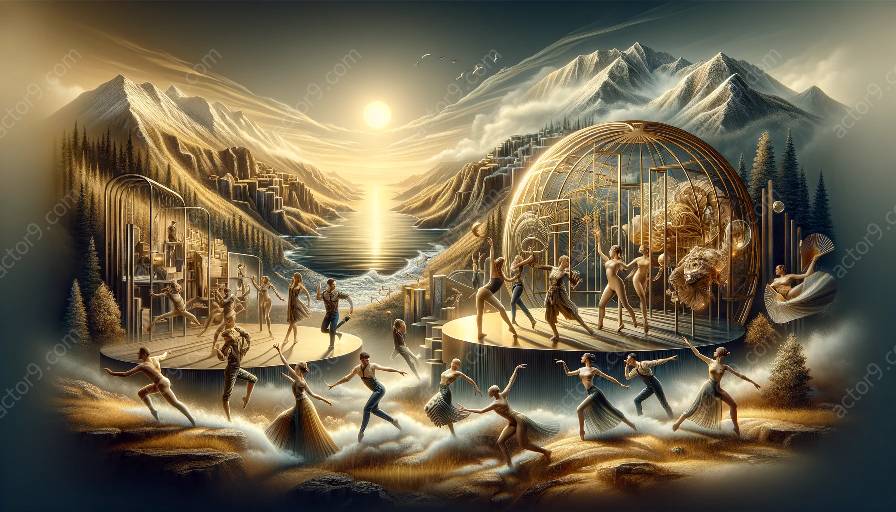Physical theatre, as an art form, is deeply intertwined with cultural and social contexts, shaping its techniques and performances. Understanding the significance and impact of these contexts is crucial to gaining a comprehensive perspective on physical theatre.
Exploring Cultural Influences on Physical Theatre
Cultural backgrounds, traditions, and historical narratives greatly influence the development and expression of physical theatre. Different cultures have distinct movement patterns, body language, and performance styles that contribute to the richness and diversity of physical theatre techniques. For example, traditional Asian physical theatre, such as Kabuki or Beijing Opera, incorporates elaborate gestures and stylized movements that reflect cultural values and storytelling traditions.
Furthermore, the fusion of global cultural influences has given rise to innovative physical theatre forms that blend traditional techniques with contemporary storytelling. This cultural intersection in physical theatre mirrors the interconnectedness of our modern society and exemplifies the evolving nature of performative arts.
Social Relevance in Physical Theatre
Physical theatre often serves as a medium for social commentary and reflection. It has the unique ability to address social issues, challenge norms, and provoke thought through physical embodiment and expression. By analyzing the social context embedded within physical theatre performances, one can gain a deeper understanding of the societal concerns and narratives that shape artistic expressions.
Issues such as gender identity, political upheaval, and environmental activism are vividly portrayed through physical theatre, transcending language barriers and fostering a global dialogue on pertinent social matters. The evocative use of physicality in theatre has the power to resonate deeply with audiences, sparking conversations and inspiring change.
Intersection of Cultural and Social Contexts with Physical Theatre Techniques
The connection between cultural and social contexts and physical theatre techniques is evident in the way performers embody and interpret characters, narratives, and emotions. Movement vocabulary and gestural language are deeply influenced by the cultural and social norms in which they originate. Techniques such as mime, clowning, and ensemble-based physical storytelling are imbued with cultural and social contexts, shaping their emotive impact and artistic resonance.
Moreover, the collaborative nature of physical theatre often draws from diverse cultural and social experiences, enriching the creative process and fostering a dynamic exchange of ideas. The inclusivity and adaptability of physical theatre techniques allow for the exploration and reinterpretation of cultural and social narratives, promoting empathy, understanding, and interconnectedness among performers and audiences.
Embracing Cultural and Social Diversity in Physical Theatre
As the global landscape continues to evolve, physical theatre serves as a platform for embracing cultural and social diversity, celebrating the multiplicity of human experiences. By acknowledging and honoring diverse cultural and social perspectives, physical theatre breaks down barriers and transcends boundaries, fostering a more inclusive and empathetic artistic community.
Ultimately, the cultural and social contexts of physical theatre not only inform and enrich its techniques but also serve as a powerful reflection of the human experience. By delving into these contexts, performers and audiences alike can gain a broader appreciation for the transformative and unifying nature of physical theatre.




































